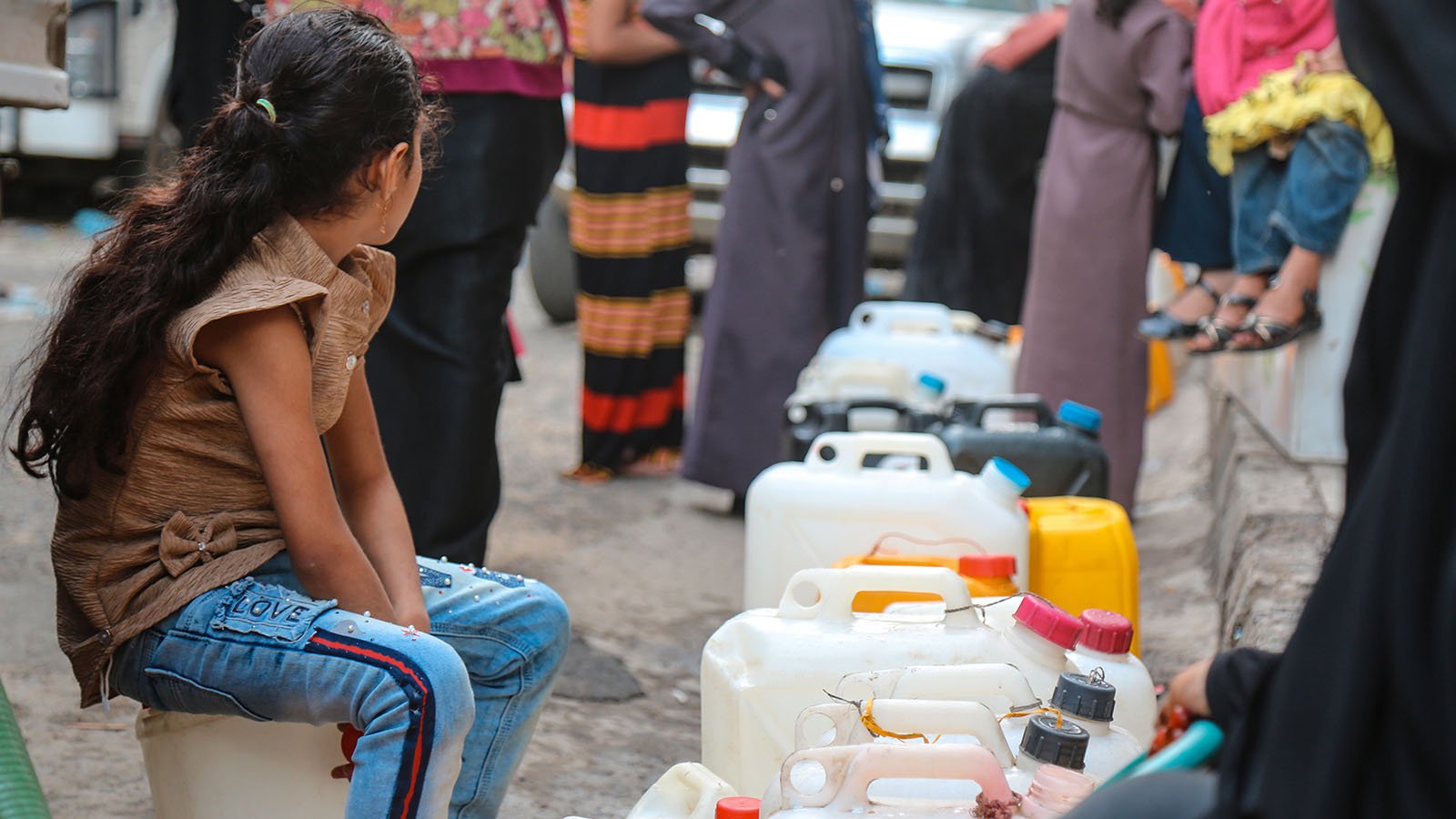Only Sustainable Solutions to Environmental Crises Can Take Away Their Power to Drive Conflict
International donors must be more attuned to how the effects of climate change undermine social justice and increase the probability of conflicts. At the same time, they have to break with their silo mentality and to engage more with local communities, argues Atje Drexler of the Robert Bosch Stiftung, speaking at the 2022 SIPRI Forum on Peace on Development in Stockholm.
The war in Ukraine has diverted attention from the happy fact that Yemen’s civil war of almost eight years is currently suspended thanks to a two-month ceasefire between the government and the Houthi armed militia. But any hope for a swift end to the brutal conflict has to be tinged with caution – the conflict in Yemen is not only about who runs the country, but also driven by the effects of climate change, particularly water scarcity. International donors supporting the country have to realize that forging a lasting peace in Yemen is deeply bound up with successfully fighting the effects of global warming.
Water was a cause for tribal conflict in Yemen long before civil war broke out in 2014. The country’s population has increased six-fold to about 30 million in the last sixty years. Over much of that period, drought increased, too. Already in 2005 a report by Yemen’s National Integrated Resources Management Program said that more than a quarter of the country’s water was being drawn from deep aquifers that were not being replenished. Today, access to water is largely the privilege of elites that have the financial means to buy it from elites with the financial means to dig their own wells. Many farmers support the Houthi rebellion.
Donors must realize how the effects of climate change increase the probability of conflicts
Climate dynamics underlying the more obvious political ones are often overlooked by international donors, especially in regions in which conflict is ongoing and immediate humanitarian aid is the focus of international efforts.
In addition, conflicts related to climate change are often sparked or perpetuated by shortcomings in governance – at first glance, they have no obvious link to climate change. In Israel’s “mixed cities” with their significant numbers of Jewish and Arab citizens, for example, minorities and socio-economically disadvantaged groups often live in precarious conditions with hardly any government support. The potential for conflict in these dense urban areas is exacerbated by climate change – by heat islands that make summers almost unbearable and the areas’ exposure to the consequences of flash floods or rising sea levels.
Donors must become more attuned to how the effects of climate change undermine social justice and increase the probability of conflicts. Harnessing local knowledge is their best option to understand the complex dynamics of potential and actual conflicts. And yet, internationals still fail to include local actors into aid projects, let alone enable local leadership and equitable collaboration. In 2020, only 2.1 percent of development and humanitarian aid went to local and national civil-society partners. As a result, international donors are often unaware both of the complex local and regional dynamics that cause conflict and of potential low-cost, low-threshold solutions.
Donors have to break with their silo mentality and to engage more with local communities
In Lebanon, for example, communities in Important Bird and Biodiversity Areas draw on centuries old regional resource management practices to regulate the use of resources located in these globally recognized conservation areas. Community representatives agree on how to distribute and use the resources for sustaining livelihoods without exploiting the environment. Such management at local level reduces tensions about the distribution of stocks of water, flora, or fauna between communities in conflict – an essential complement to traditional peacebuilding methods. In conflicts propelled by climate change and environmental degradation restoring peace and mitigating the effects of climate change must go hand in hand. Any approach to conflict prevention or resolution that does not address the link between the two is unlikely to yield sustainable results.
Looking at the situation in Yemen once more, this implies that international donors have to break with their silo mentality and to engage more with Yemeni communities. They need to see long-term solutions for water management, water protection and equitable and affordable water supply as indispensable for any peace-making efforts. Only a sustainable solution to the country’s water crisis will take away its power to keep driving the conflict.

